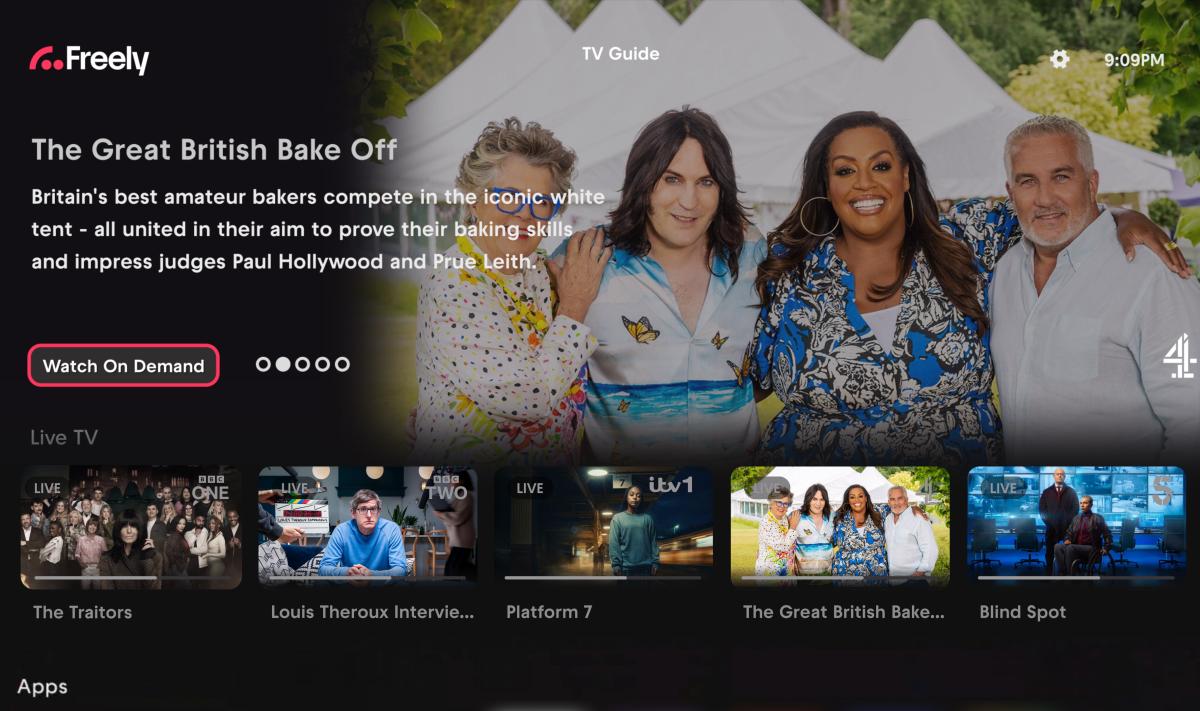Sustainability and attention in advertising go hand in hand – cutting out ads which don’t attract consumers’ attention both cuts down wasted spend, and cuts out unnecessary emissions that results from those wasted impressions.
In this piece Maria Shcheglakova, EMEA Marketing Director at PubMatic EMEA, discusses how to optimise digital advertising to optimise for attention and sustainability.
Today, accurately measuring and reducing the carbon footprint of digital ad campaigns is a must for all marketers. According to a study by Dentsu and Microsoft, 77 percent of consumers say that, by 2026, they only want to spend money on brands that practise sustainable advertising. Unfortunately, calculating the environmental cost of digital advertising campaigns is a complex task and, as yet, there is no standardised or regulated process for doing so.
For advertisers and publishers, there are a number of steps that can be taken immediately to help reduce the carbon footprint of digital advertising campaigns. One is to simplify tech stacks, another is to reduce the data load of creatives, and the third is to produce better-targeted, more relevant, more attention-grabbing creative.
The evolution from viewability to attention
Lacking a suitable alternative, marketers have used viewability to measure the quality of impressions using the hypothesis that the higher the viewability, the better the quality of the impression. This approach led to several negative outcomes, such as oversaturation of ads on web pages and in apps, as well as intrusive formats, as publishers rushed to satisfy buyers’ viewability demands.
While working towards viewability targets has undoubtedly fuelled growth in the digital advertising economy, it has caused negative effects on the environment. In the race to secure more impressions, the digital advertising industry has pumped an enormous amount of carbon into the Earth’s atmosphere.
The proliferation of channels and ad formats has made it almost impossible to compare quality and performance using viewability and impressions, and attention has emerged as a more robust predictor of outcomes. Not only that but when media planning, optimisation, and measurement centres around attention rather than viewability, fewer impressions are required to achieve a given business outcome and thus the carbon footprint of any given campaign is reduced.
How to maximise attention
The amount of attention consumers pay to digital advertising depends on a number of factors all of which should be considered by buyers and sellers.
- Contextual relevance: Placing an ad in an environment that closely matches the messaging results in better levels of attention. Additionally, bringing targeting to the sell-side gives buyers greater control over data and targeting. Targeting based on real-time consumer and contextual data delivers better campaign results while minimising media hops.
- Content-to-ad ratio: The more ads on a page or within an app, the less attention is paid to each individual ad.
- Gold beneath the fold: Even though many digital ads above the fold are technically viewable, ads positioned in the body of the article are much more likely to get noticed and engaged with.
- ‘Slow media’: The more people engage with content, the more they are to engage with the accompanying advertising.
- The audience – and therefore the journalists and content creators – have to come first. Without the attention to the content, there is no attention to the advertising. Invest in quality journalists and content creators: they are the golden geese.
While advances in technology have made it possible for marketers to better measure attention, planning and buying processes need to change to ensure that advertisers and consumers are benefitting from the most relevant advertising experiences possible.
What does success look like?
As attention measurement evolves we will see several changes in the way in which digital advertising is planned, optimised, and measured. At the heart of this will be a focus on making sure that the ad placements deliver as much value as possible to consumers, brands, and publishers. As we work towards properly valuing consumers’ attention we will create more online environments that consumers genuinely want to visit, with sustainable levels of advertising that actually get looked at, and acted on.
The shift towards attention will result in a mindset change and provide the digital advertising industry with the opportunity to, once and for all, move away from the ‘spray and pray’ approach that has so many negative consequences.




